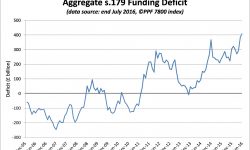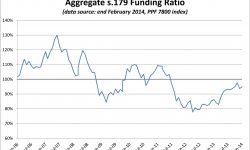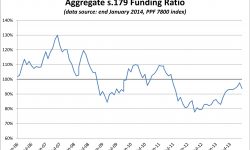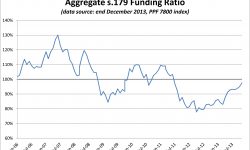Milking and Dumping – new paper by the Pensions Institute

31 August 2016 The Pensions Institute was set up as part of the Cass Business School as the first and, as yet, only UK academic research centre to focus exclusively on pensions matters. It’s contributors have published a series of academic research papers, combined with Practitioner Reports – the latter perhaps more accessible to the non-academic. The latest report, authored by Keith Wallace((Keith is President of the Association of Corporate Trustees and Chair of the Legal Advice Panel of the Pensions Advisory Service)) is titled “Milking and Dumping: The Devices Businesses use to Exploit Surpluses and Shed Deficits in Their…









